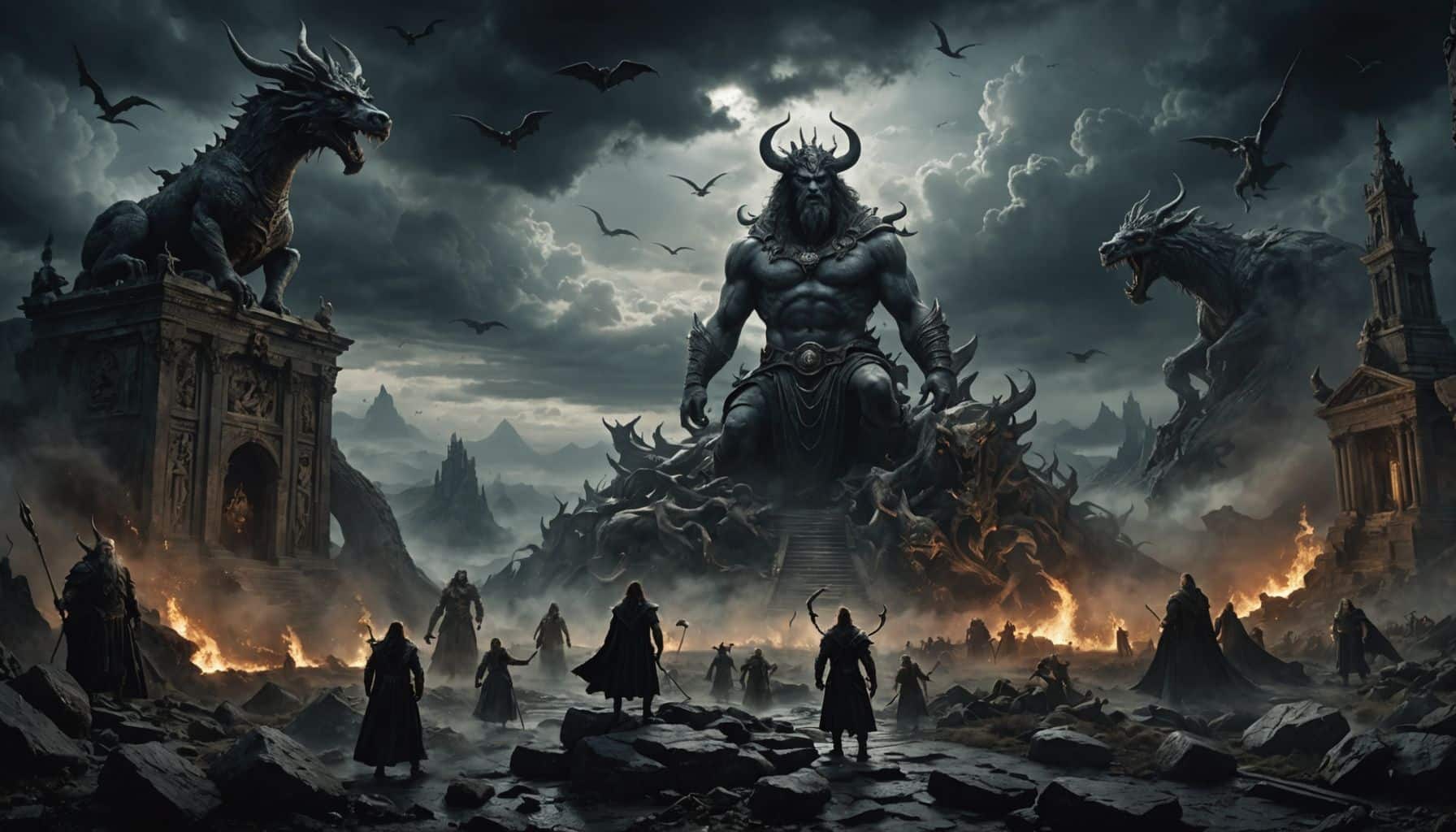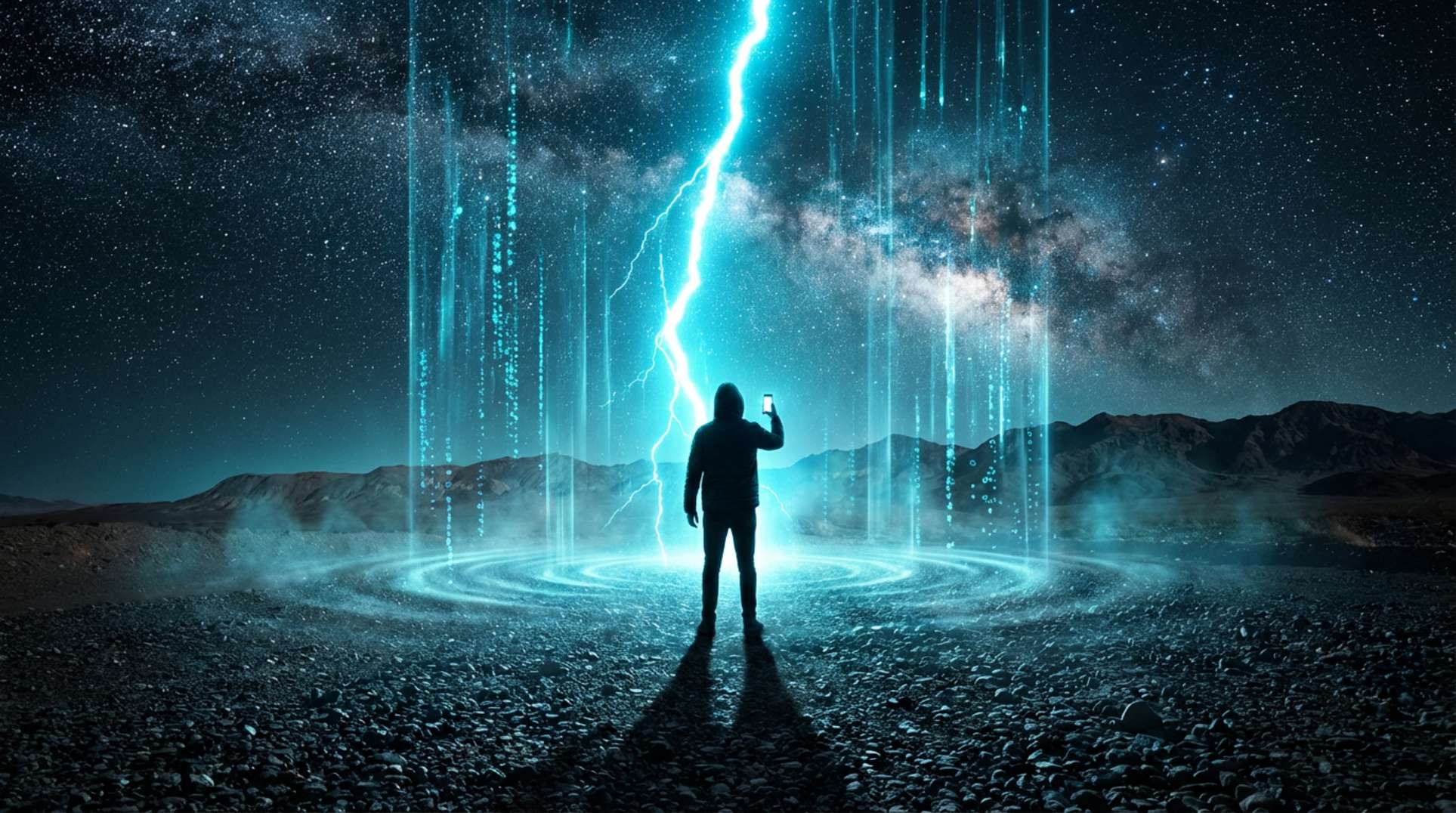Creation myths are foundational narratives that shape the religious, philosophical, and cultural frameworks of societies. They address fundamental questions about the origins of the universe, the nature of humanity, and the relationship between the divine and the material world. This article explores the fascinating similarities and differences in creation myths across various ancient religions, revealing how these narratives reflect the cultures from which they emerged.
Key Takeaways
- Creation myths often share common themes, such as the transition from chaos to order.
- Mesopotamian myths highlight the role of gods in creating humanity for their own purposes.
- Zoroastrianism presents a dualistic view of good and evil.
- Gnosticism emphasizes personal spiritual enlightenment and the quest for knowledge.
Mesopotamian Creation Myths
The Mesopotamian creation myths are some of the oldest known narratives. They reveal a complex pantheon of gods responsible for the creation of the world and humanity. Key elements include:
- Primordial Chaos: The universe begins in a state of chaos.
- Divine Conflict: Gods often battle for supremacy, leading to the creation of the world.
- Humanity as Servants: Humans are created to serve the gods, reflecting the gods’ weariness of their responsibilities.
In Sumerian tradition, the goddess of the Earth, along with the sky god Anu, gave birth to Enlil, who separated them. This act symbolizes the transition from chaos to order. Enlil later commissioned the creation of humanity to maintain the world, a theme echoed in various Sumerian poems.
The Epic of Enuma Elish
One of the most famous texts from this era is the Enuma Elish, which describes the rise of Marduk as the principal deity. The narrative begins with the primordial deities Tiamat and Apsu, whose union produces a chaotic offspring. Marduk ultimately defeats Tiamat, splitting her body to create the heavens and the earth. Humanity is formed from the blood of Kingu, Tiamat’s consort, to relieve the gods of their burdens.
Zoroastrian Creation Myth
Zoroastrianism, one of the world’s oldest organized faiths, presents a dualistic cosmology. The supreme deity, Ahura Mazda, represents light and goodness, while Ahriman embodies darkness and evil. Key aspects include:
- Creation of the World: Ahura Mazda creates the earth, plants, animals, and finally, the first man, Gomard.
- Conflict with Ahriman: Ahriman attempts to destroy Ahura Mazda’s creations, leading to a cosmic struggle between good and evil.
- Humanity’s Role: Humans are seen as participants in this struggle, tasked with choosing good over evil.
Gnosticism and Its Unique Perspective
Gnosticism emerged later, drawing from various religious traditions, including Judaism and early Christianity. It emphasizes personal spiritual enlightenment and the pursuit of knowledge. Key elements include:
- Supreme God: A transcendent being exists beyond the material world.
- Yaldabaoth: A lesser deity, often associated with the Old Testament God, creates a flawed material world.
- The Quest for Knowledge: Gnostics believe that true knowledge leads to spiritual awakening and liberation from the material realm.
In Gnostic texts, the creation of humanity is often depicted as a flawed process, with the first man, Adam, being animated by a divine spark. This narrative contrasts sharply with traditional creation stories, emphasizing the importance of knowledge and enlightenment.
Conclusion
The exploration of creation myths across ancient religions reveals a rich tapestry of beliefs and narratives. While these stories differ significantly, they often share common themes, such as the transition from chaos to order and the role of divine beings in shaping humanity. These myths not only reflect the cultures from which they emerged but also address fundamental questions about existence and our place in the universe. As we delve into these ancient narratives, we gain insight into the human quest for understanding and meaning in a complex world.




